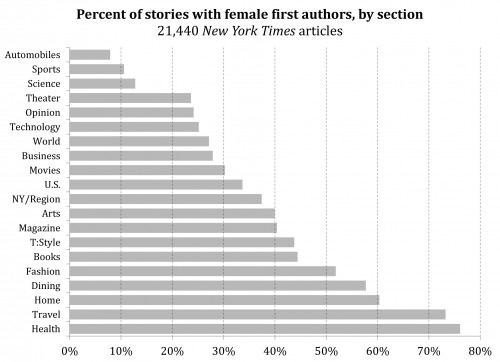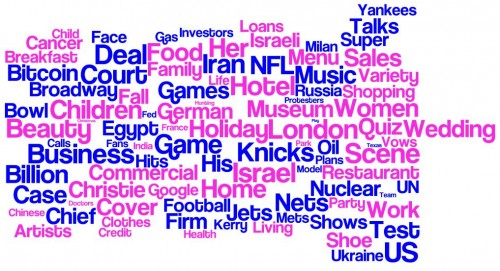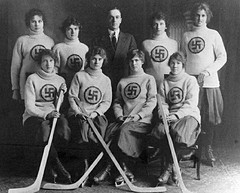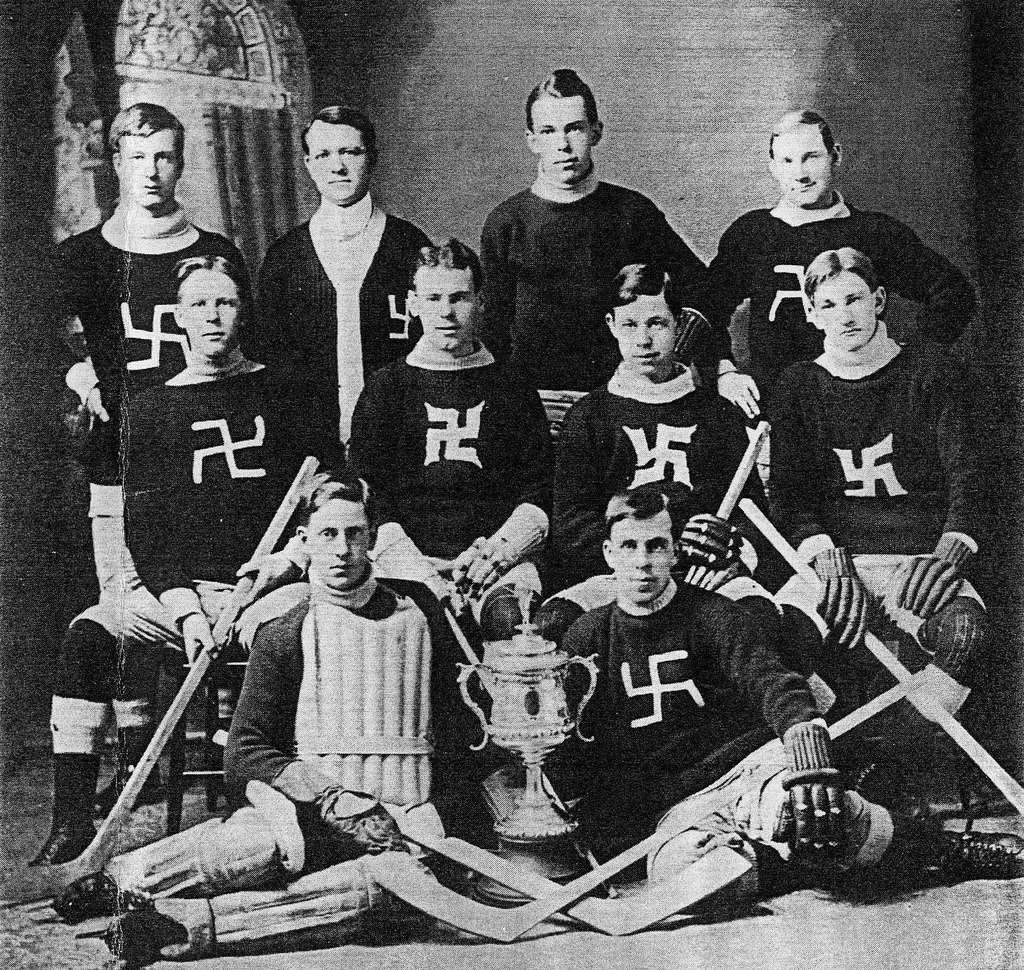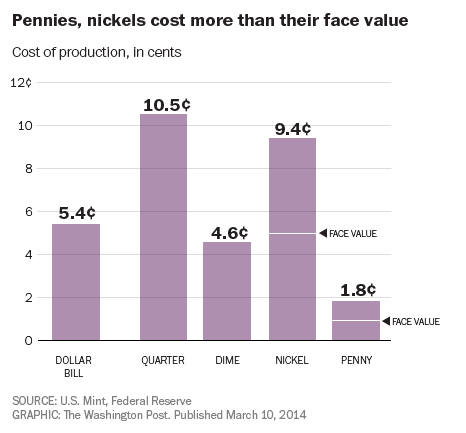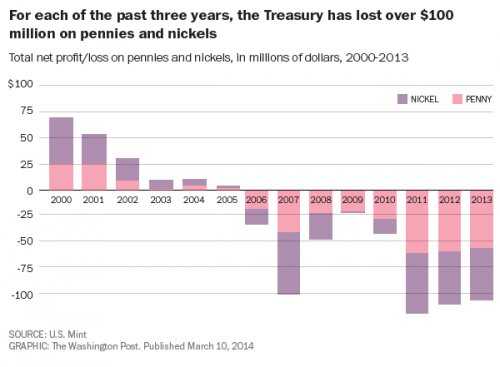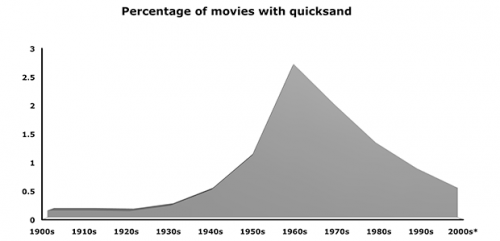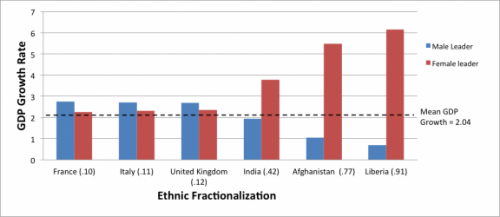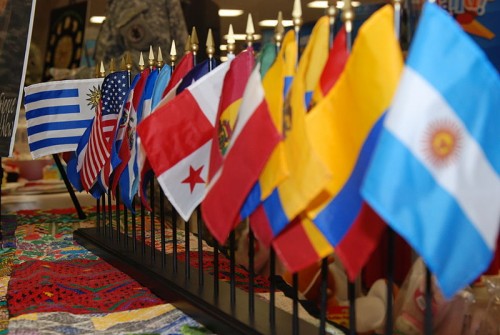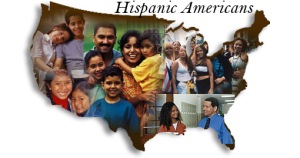In this post I present the most comprehensive analysis ever reported of the gender of New York Times writers (I think), with a sample of almost 30,000 articles.
This subject has been in the news, with a good piece the other day by Liza Mundy — in the New York Times — who wrote on the media’s Woman Problem, prompted by the latest report from the Women’s Media Center. The WMC checked newspapers’ female byline representation from the last quarter of 2013, and found levels ranging from a low of 31% female at the NYT to a high of 46% at the Chicago Sun-Times. That’s a broad study that covers a lot of other media, and worth reading. But we can go deeper on the NYTimes, thanks to the awesome data collecting powers of my colleague Neal Caren.
Here are the results based on 21,440 articles published online from October 23, 2013 to February 25, 2014.
Women’s authorship
1. Women were the first author on 34% of the articles. This is a little higher than the WMC got with their A-section analysis, which is not surprising given the distribution of writers across sections.
2. Women wrote the majority of stories in five out of 21 major sections, from Fashion (52% women), to Dining, Home, Travel, and Health (76% women). Those five sections account for 11% of the total.
3. Men wrote the majority of stories in the seven largest sections. Two sections were more than three-fourths male (Sports, 89%; and Opinion, 76%). U.S., World, and Business were between 66% and 73% male.
Here is the breakdown by section (click to enlarge):
Gender words
Since we have all this text, we can go a little beyond the section headers served up by the NYTimes‘ API. What are men and women writing about? Using the words in the headlines, I compiled a list of those headline words with the biggest gender difference in rates of appearance.
For example, “Children” occurred 36 times in women’s headlines, and 24 times in men’s headlines. Since men used more than twice as many headline words as women, this produced a very big gender spread in favor of women for the word “Children.” On the other hand, women’s headlines had 10 instances of “Iran,” versus 85 for men. Repeating this comparison zillions of times, I generated these lists:
NYTimes headline words used disproportionately in stories by
| WOMEN | MEN |
| Scene | US |
| Israel | Deal |
| London | Business |
| Hotel | Iran |
| Her | Game |
| Beauty | Knicks |
| Children | Court |
| Home | NFL |
| Women | Billion |
| Holiday | Nets |
| Food | Music |
| Sales | Case |
| Wedding | Test |
| Museum | His |
| Cover | Games |
| Quiz | Bitcoin |
| Work | Jets |
| Christie | Chief |
| German | Firm |
| Menu | Nuclear |
| Commercial | Talks |
| Fall | Egypt |
| Shoe | Bowl |
| Israeli | Broadway |
| Family | Oil |
| Restaurant | Shows |
| Variety | Super |
| Cancer | Football |
| Artists | Hits |
| Shopping | UN |
| Breakfast | Face |
| Loans | Russia |
| Ukraine | |
| Living | Yankees |
| Party | Milan |
| Vows | Mets |
| Clothes | Kerry |
| Life | Gas |
| Child | Investors |
| Credit | Plans |
| Health | Calls |
| Chinese | Fans |
| India | Model |
| France | Fed |
| Park | Protesters |
| Doctors | Team |
| Hunting | Texas |
| Christmas | Play |
Here is the same table arranged as a word cloud, with pink for women and blue for men (sue me), and the more disproportionate words larger (click to enlarge):
What does it mean?
It’s just one newspaper but it matters a lot. According to Alexa, NYTimes.com is the 34th most popular website in the U.S., and the 119th most popular in the world — and the most popular website of a printed newspaper in the U.S. In the JSTOR database of academic scholarship, “New York Times” appeared almost four-times more frequently than the next most-commonly mentioned newspaper, the Washington Post.
Research shows that when women are charge, they tend to produce better outcomes for women below them in the organizational hierarchy. Jill Abramson, the NYTimes‘ executive editor, is aware of this issue, and proudly told the Women’s Media Center that she had reached the “significant milestone” of having a half-female news masthead (which is significant). So why are women underrepresented in such prominent sections? I’m really wondering. The NYTimes doesn’t even do as well as the national average: 41% of the 55,000 “News Analysts, Reporters and Correspondents” working full-time, year-round in 2012 were women.
Organizational research finds that large companies are less likely to discriminate against women, and we suspect three main reasons: greater visibility to the public, which may complain about bias; greater visibility to the government, which may enforce anti-discrimination laws; and greater use of formal personnel procedures, which limits managerial discretion and is supposed to weaken old-boy networks. Among writers, however, an informal, back-channel norm still apparently prevails — at least according to a recent essay by Ann Friedman. Maybe NYTimes‘ big-company, formalized practices apply more to departments other than those that select and hire writers.
A more in-depth discussion of these findings, with details on Cohen and Caren’s research methods, can be found at Family Inequality. Cross-posted at Pacific Standard.
Philip N. Cohen is a professor of sociology at the University of Maryland, College Park, and writes the blog Family Inequality. You can follow him on Twitter or Facebook.

